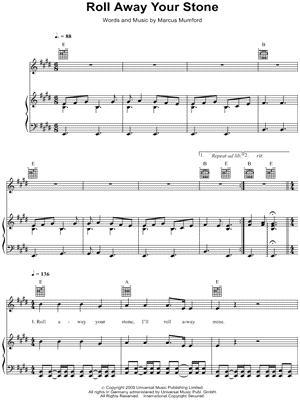A Few of My Favorite Songs for Sessions
Here are a few of my go-to songs for*:
Lyric analysis (Adults):
“Roll Away Your Stone” – Mumford and Sons
“Homesick” – Kings of Convenience
“Fix You” – Coldplay
“Be Here Now” – Ray Lamontagne
“Lessons Learned” – Carrie Underwood
“I’m Moving On” – Rascal Flatts
“Life in Vain” – Daniel Johnston (I use a “goals” worksheet labeled “Where am I going to?” with this song)
“Perfect” – Alanis Morissette
“Talk” – Coldplay
 Lyric analysis (Early Teens):
Lyric analysis (Early Teens):
“Believe in Me” – Demi Lovato
“Get Up” – Superchic(k)
“Keep Your Head Up” – Andy Grammar
“One Step at a Time” – Jordin Sparks
Music and Poetry (Adults):
“I’m New Here” – Gil Scott-Heron (listen, analyze, write own poetry and set it to music)
Fill-in-the-blank interventions (Adults):
“Float On”: Modest Mouse (have client(s) rewrite verses & use the chorus)
“Heart of Gold” – Neil Young (here is the page I use)
Music and movement (Kids):
 I usually use the ones that I’ve composed myself, but for some great ideas, I like to piggy-back off of Greg & Steve (“Listen and Move” is my favorite), as well as Laurie Berkner (I adore this song…great for gross motor movement & memory).
I usually use the ones that I’ve composed myself, but for some great ideas, I like to piggy-back off of Greg & Steve (“Listen and Move” is my favorite), as well as Laurie Berkner (I adore this song…great for gross motor movement & memory).
I also like to use this song for movement + instruments (I also change a few of the words so it included other movements) by Ziggy Marley (feat. Paul Simon): “Walk Tall”
Music and art interventions (Adults or Teens):
“True Colors” (either the Cyndi Lauper or Glee version, depending on the population with which you’re working)
For additional song ideas, see my posts here, here, and here.
IF YOU HAVE ANY QUESTIONS AS TO WHY OR HOW I USE THESE SONGS, ASK AWAY!
*This could probably go without being said, but all of these songs and interventions depend on the client’s musical preference, condition, goals, and diagnosis.
Comments are closed.




What a fun list of songs! I’ll keep it marked as a resource for future use.
Thanks, JoAnn! I love reading others’ suggestions for songs, so I thought it was about time I shared my own! 🙂
Thanks for sharing. I have often wondered about the connection between SLP and music therapy. I am currently a graduate student in SLP and will definitely incorporate your ideas into future therapy. Another great music resource for children with apraxia of speech or other language challenges is “Time to Sing.” You can find it at apraxia-kids.org.
I truly appreciate you taking the time to comment, Emily! I’m honored that you will be able to use some of my ideas in the future. Thanks, also, for sharing the website…I will most definitely check it out! Good luck with the remainder of your grad school and please feel free to contact me at any time if you have any questions/concerns/comments about MT and SLP collaboration and co-treatment 🙂
Who did you go to to create.
your website?!? It’s brilliant!!! 🙂 keep it up!
Thanks, Katie!! I truly appreciate your kind words! I actually love messing around with WordPress…I created the website a few months ago. How are things with you? Are you almost done with your internship?
I would LOVE to know how you use True Colors to facilitate an art and music group! 🙂 I’m a music therapist too and actually just put out an email on the list-serv, so I would love to hear your idea!
Hi, Shawna!! Thanks so much for your comment. I actually have them hear the song and while they are listening, draw what they consider to be their true colors: whether that be abstract, pictures of things/activities that they are good at or like, etc. At the end of the group, we sing the song together and share (if they feel comfortable sharing).
Good to connect with you!
How do you use “True Colors”? I am working with a young adult who was a gregarious teen until she had an accident and now she has TBI and is a quiet, gentle person.
Hi! I used True Colors as a lyric analysis activity. We sang through the song, had the young adults look at the lyrics, and then 1) underline words that applied to them/their life, 2) provide them with colors/markers/paint for them to create an abstract or literal painting that expressed their true colors in their life.
Hi there Rachel,
Music therapist from New Orleans here. I’m curious how you used “roll away your stone” as a lyric analysis activity. Particularly what themes you focused on. Thanks!
-Lizzie
If you dont mind me asking, what exactly is the goal to playing music to your patients and what are some results you get by playing the songs specifically in your adult playlist?